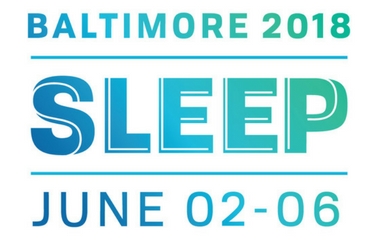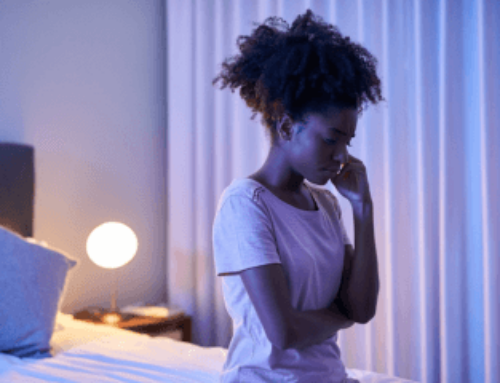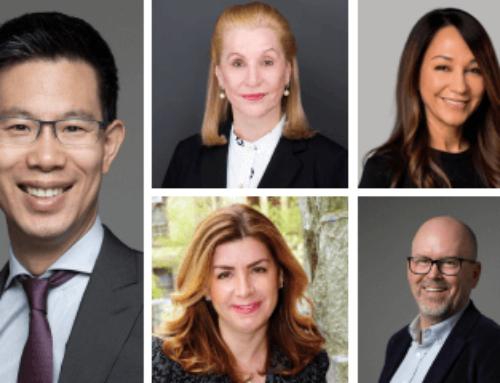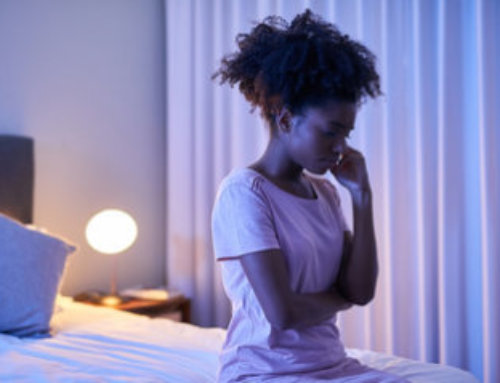BALTIMORE – Pilot data from a recent study suggest that sleep paralysis and dream-like hallucinations as you are falling asleep or waking up are widespread in student athletes and are independently associated with symptoms of depression. This study is the first to examine the relationship between these sleep symptoms and mental health in student athletes, independent of insufficient sleep duration or insomnia.
Occasional sleep paralysis was reported by 18 percent of the sample, and 7 percent reported that this happens at least once per week. Hypnogogic/hypnopompic hallucinations (which are dream-like experiences that occur while falling asleep or waking up) were reported by 24 percent of the sample, and 11 percent reported that they experience these symptoms at least once per week.
Compared to those who never experience sleep paralysis or hypnogogic/hypnopompic hallucinations, those who did experience them – even rarely – also reported higher depression scores. This was even the case after controlling for how much sleep or what quality of sleep the person experienced.
“These symptoms are often thought to be relatively harmless and quite rare. But they can be very distressing to those who experience them, and they may be surprisingly common among student athletes,” said senior author Michael Grandner, PhD, MTR, the director of the Sleep and Health Research Program and assistant professor of psychiatry at the University of Arizona College of Medicine. “What was also surprising was that the degree to which people reported these symptoms predicted severity of depression symptoms, even after controlling for poor sleep and lack of sleep – which can contribute to both depression and these types of sleep symptoms.”
Data were collected from 189 NCAA Division-I student athletes, who were asked how often they experienced the symptoms of sleep paralysis and hypnogogic/hypnopompic hallucinations. Participants were also asked about sleep duration, and they completed the Insomnia Severity Index and the Centers for Epidemiological Studies Depression Scale. Regression analyses examined depression score as outcome and sleep symptom as predictor in models adjusted for age and sex; as well as age, sex, insomnia severity, and sleep duration.
Student athletes often struggle to find time to rest due to their busy schedules. Shorter sleep duration and poor sleep quality contribute to disordered sleep in many student athletes. In addition, sleep symptoms such as sleep paralysis and hallucinations are more common in younger adults.
The preliminary findings of this study suggest that these symptoms may be warning signs of another medical problem.
“These sleep symptoms are usually harmless on their own, but they can be a sign of more serious sleep problems,” said lead author Serena Liu, a student research assistant in the Sleep and Health Research Program directed by Grander. “The fact that they are so common among student athletes suggests that this is a group with some significant sleep problems that should be evaluated and dealt with.”
The research abstract was published recently in an online supplement of the journal Sleep and will be presented Monday, June 4, in Baltimore at SLEEP 2018, the 32nd annual meeting of the Associated Professional Sleep Societies LLC (APSS), which is a joint venture of the American Academy of Sleep Medicine and the Sleep Research Society.
This study was funded by an NCAA Innovations Grant.
Abstract Title: Sleep Paralysis and Hypnogogic/Hypnopompic Hallucinations: Prevalence in Student Athletes and Relationship to Depressive Symptoms
Abstract ID: 0964
Presentation Date: Monday, June 4
Poster Presentation: 5 p.m. to 7 p.m., Board 264
Presenter: Serena Liu
For a copy of the abstract or to arrange an interview with the study author or an AASM spokesperson, please contact AASM Communications Coordinator Corinne Lederhouse at 630-737-9700, ext. 9366, or clederhouse@aasm.org.
About the American Academy of Sleep Medicine
Established in 1975, the American Academy of Sleep Medicine (AASM) improves sleep health and promotes high quality, patient-centered care through advocacy, education, strategic research, and practice standards. The AASM has a combined membership of 10,000 accredited member sleep centers and individual members, including physicians, scientists and other health care professionals. For more information about sleep and sleep disorders, including a directory of AASM-accredited member sleep centers, visit www.sleepeducation.org.





